Alright – so today we’ve got the honor of introducing you to Kenney Mencher. We think you’ll enjoy our conversation, we’ve shared it below.
Kenney, thanks for taking the time to share your stories with us today Do you feel you or your work has ever been misunderstood or mischaracterized? If so, tell us the story and how/why it happened and if there are any interesting learnings or insights you took from the experience?
I think that a lot of people mischaracterize me or misunderstand my identity based solely on the art that I make.
My main goal in making art is to represent people who ordinarily wouldn’t get represented. This includes, LGBTQ, people of color, and nonstandard body types. I suppose a lot of my work has to do with body positivity and excepting everyone as being beautiful in their own way. However, the most popular work with my collectors are paintings dealing with mature gay men, usually bears, and stereotypically beautiful “Jock” types of men. However, I paint black and brown people, women, and gender fluid subjects as well.
I consider myself to be on the queer spectrum, but to the casual observer I appear as a CIS straight male because I have been in a committed marriage to a woman for the last 30 years. Because I’m monogamous I don’t have sex outside of the relationship nor do I even flirt with other people. One of the biggest problems I have with many of my potential collectors and people who want to commission my art is that they immediately assume that I’m gay and looking for a liaison. Sometimes I feel like people get in touch with me about my art but their real intention is to try to flirt with me or get to know me as a dating prospect. Sometimes this makes me feel a little bit like a Hooters waitress. That somehow my income depends on how open I am to flirting with other men my age.
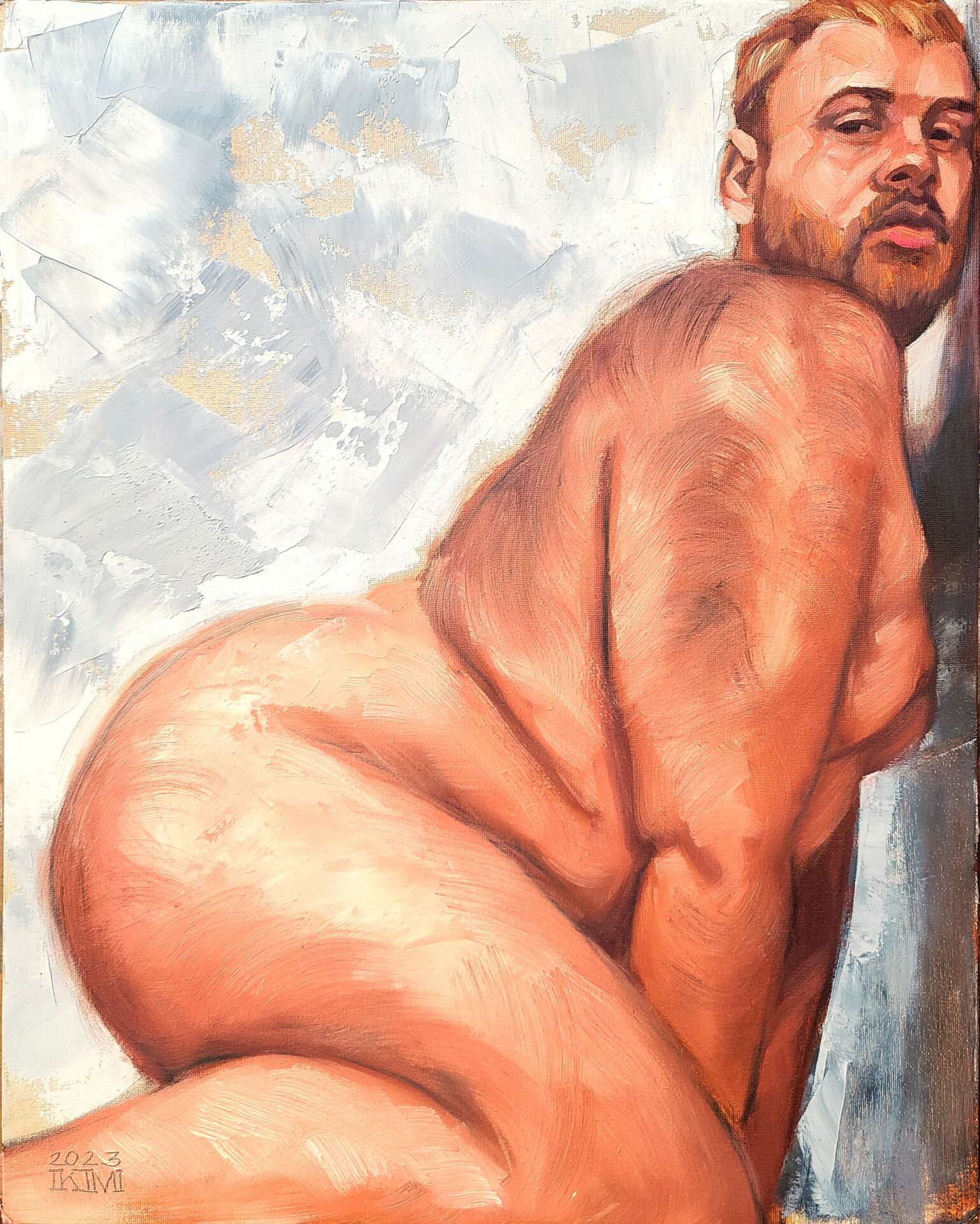

Kenney, before we move on to more of these sorts of questions, can you take some time to bring our readers up to speed on you and what you do?
I’ve always been an artist. It’s all I’ve ever wanted to do ever since I could hold a crayon. As a small child, probably starting at the age of six or so, I remember drawing fired off every pleasurable sensation in my body and brain I could think of. My parents had a bunch of art books and even an old Gardner’s “Art Through the Ages Textbook” from the 50s when they were in college and I could get enough of the pictures. They bought me “How To” books on art and my grandparents also would buy me art supplies. When I was eight years old I learned how to draw profiles by copying a drawing of Hans Christian Anderson from a Scholastic book. I drew profiles obsessively in the dirt with a stick outside my school. That same year, I painted a series of portraits of the presidents with model paints. Painting people and especially faces is one of the most pleasurable things I’ve ever set my mind to.
Ohio 1977, in junior high school I had a teacher, Mr. Mallen, who stayed after school for two hours and taught me the fundamentals of drawing features. I’m still friends with his son on Facebook. This was an information explosion for me! I expanded on this and eventually moved back to the Bronx with my father’s new family where I tested into the magnate school the High School of Art and Design. That’s where I got to the next level and met a teacher Irwin Greenberg “Greeny” who I think about every day.
Greenberg conducted an extra open studio time before school began that he called “The Old Hat Painting Club.” We would get to school about two or three hours early and one of us would model for the rest of the students who would begin painting a wet into wet or “ala prima” painting of either the full figure, head, and shoulders, or just the face of a single person. We would all dig into our pockets and contribute a quarter or $.50 to pay the model. This was way back in 1979 so that could amount to going out for sandwich or a meal.
Greenberg taught us a quick 19th-century style that is often referred to as wet into wet or sometimes ala prima. What this means is we with telling the canvas with some turpentine and a little bit of burnt sienna paint and then start drawing into this soupy mix with the darker brown, usually burnt umber, and draw with the brush. We would immediately start to model the shading or value structure as we painted and we would sometimes wipe out the lighter areas to be able to see the value structure or structure of light and shadow as it moved across the figure or face. You must work very quickly and sometimes you only had two or three two-hour sessions to complete the painting and our teachers were so skillful that they were able to make a completed portrait, in the style of John Singer Sargent, sometimes in as little as an hour. It was a kind of magic and we strove to learn how to do that. Now at the ripe old age of 57 I’m able to paint beautiful young people and sometimes older handsome men in anywhere between 2 to 5 hours. In the style of my teachers.
I became an artist who focused on queer and underrepresented people when I realized I could strike out on my own, without the censorship of a gallery, and sell my work directly to collectors on the web.
There’s an excitement in being transgressive and depicting or illustrating things that either excite or annoy other people. Especially when it comes to sex and power. There are some fancy theories about this proposed by author Michel Foucault in his “History of Sexuality.” I was introduced to this text and the ideas in it in graduate school but I think it explains rather than created the impulse for me to create sexually or erotically charged images. To put it bluntly, I’ve always been excited by depicting taboo things such as sex, sexual power, and sexual identity.
I started depicting taboo or difficult subjects in high school and have continued to do so throughout my entire career. For my graduate thesis exhibit my show consisted of a series of loosely expressionistically painted male figures having sex in the style of the Bay Area figurative painters, Diebenkorn and Bischoff while every other painting in the exhibit was a series of fairly tightly painted still lifes of fruits and vegetables against drapery. I was thinking memento mori my graduate advisors didn’t know what to make of it. This was at the University of Cincinnati a couple of years after the Mapplethorpe exhibit. I remember one of the comments left in the guest book was something like, “This isn’t a retrospective, make up your mind about what you’re going to paint.”
Later on, I made similar transgressive or erotically charged images while I was working with a gallery called “Hang” in San Francisco. Surprisingly enough, “Hang” wasn’t that interested in the edgy imagery and even stopped representing me because they were offended by what I was painting. This despite a great sales record.
See this for the articles and reviews about my work that describe what happened,
http://kenney-mencher.com/catalog/article.htm
After all the press I got about my shows in the Sacramento Bee and the Oakland Tribune, I was picked up by another gallery I Sacramento called the Elliott Fouts Gallery but even that gallery, but even Fouts had problems with anything homoerotic or gay in subject matter. Now I mainly represent myself, however, I still get marginalized by the galleries who have asked to show my work. For example, Bearworld just ran a feature about my work where I describe how this is still going on.
However, he still suffered from a bit of censorship, he’s also had his work removed from several galleries and most recently been told that his work is “too gay” for a gallery in Palm Springs. The director explained that they would take some of the paintings however, the titles were also “too gay” and would have to be sanitized. By the way, the gallery director is gay.
Primarily I focus on “bears” and the older male body because that’s who I am and it helps me to see myself as being attractive. It also has a very big audience.
Although I have empathy for all bodies a sort of “I Sing the Body Electric,” I don’t mean to get too esoteric, I relate to the male body in a way that I cannot to the female body, politically, historically, and psychologically.
The easy answer is comic books and classical art. The male body is the heroic powerful body. Male beauty is not decided by how smoothly airbrushed out and homogenized it is the way that womens’ bodies have been portrayed. Male bodies are allowed to have character and are still considered beautiful.
I like to paint men who I have either looked like, wanted to look like, or look like now. In some ways, every male I paint is a type of self portrait of an aspect of how I feel or have felt. I understand the anatomy of the male body, the fat and the muscle, the hard and the soft and so I am inspired to get this down in paint or draw it.
I mainly paint men because it helps me to accept and understand who I am and why I’m a vibrant sexual and powerful creature. I’ve always painted men, especially homoerotic portraits of men, but galleries simply would not show the work. When the availability of an online market became available, I was able to make the leap and paint the subject that inspires me the most without a gallery arbitrarily deciding what they would show.
Although I find beauty in most bodies, I think that I find a man beautiful if he has something distinctive about his appearance and this ranges from body types to facial types and is for me literally on a case by case basis. I prefer larger, hairier men. I guess either muscle bears or soft fat bears. I like it when a man has a big nose and distinctive features. There is usually one particular aspect of a male figure that can dominate for me whether or not they are beautiful, for example, if a man has a beautifully shaped skull, or nose, cheekbones, large arms, or big yummy tummy.
I was sitting in the movie theater watching the first Henry Cavill Superman movie when his face came on the screen. I gasped and leaned over to my wife and said, “He is the most beautiful man I’ve ever seen.” I felt the same way when I was Daniel Craig the first time. However, I’m not sure if I would want to paint them consistently. My eye wanders a lot! I’m not really interested in one kind of male type to paint, I guess I’m polygamous when it comes to models. There are a couple of bulls that I’ve come across in some porn that I’ve done screen grabs of and those paintings have sold immediately and they are the types of guys I like to paint more often although I don’t know their names.
Although I’m married to a woman, I still find an erotic charge in looking at men.
Well, I know my wife is attracted to the same men I like to paint. She is a really open-minded person who like me, is kind of “gender queer.” Neither one of us has a problem acknowledging that human sexuality is on a spectrum and one doesn’t need to limit yourself in terms of attractions. She gets asked about it all the time and people ask her if she has a problem with what I paint, she often likes to respond, “I wish that when I got home from work Kenney had one of his delicious models sitting on the couch for me to stare at.” Unfortunately, I work from photos. She does like to look over my shoulder when I’m downloading reference materials from the web.
I sell mainly on the web, galleries are a tough sell! I post stuff regularly on Facebook, Instagram, and Tumblr, often collectors get in touch with me directly. I also have most of my available stuff on the following sites and platforms:
https://www.kenney-mencher.net/
http://www.kenney-mencher.com/
http://www.etsy.com/shop/kmencher
https://www.instagram.com/kenneymencher/
https://www.facebook.com/Kenney.Mencher
http://www.youtube.com/user/kmencher
My plans for the future are wide open and not working with galleries allows me to experiment.
I’ve started working on paintings with more than one figure. I like to make smaller version to see how it will go and then make a more monumental one. These multiple figure paintings have been popular and I feel like it’s somehow my chance to grow and improve my art into a more conceptual way. Although most of my work is about the beauty of the male figure painted as skillfully as I can, the anatomy, shading and textural qualities of the paint, I feel like I’m growing in terms of the subject matter by including more narrative or story telling elements in my art. These new paintings are meant to be a bit of a “thematic apperception test” called by shrinks the TAT. When I was in college, I learned about a psychological technique developed by American psychologist Murray at Harvard University during the 1930s. The idea for the TAT emerged from a question asked by one of Murray’s undergraduate students who reported that when her son was ill, he spent the day making up stories about images in magazines and she asked Murray if pictures could be employed in a clinical setting to explore the underlying dynamics of personality. I thought this would be a great point of departure for people looking at art.


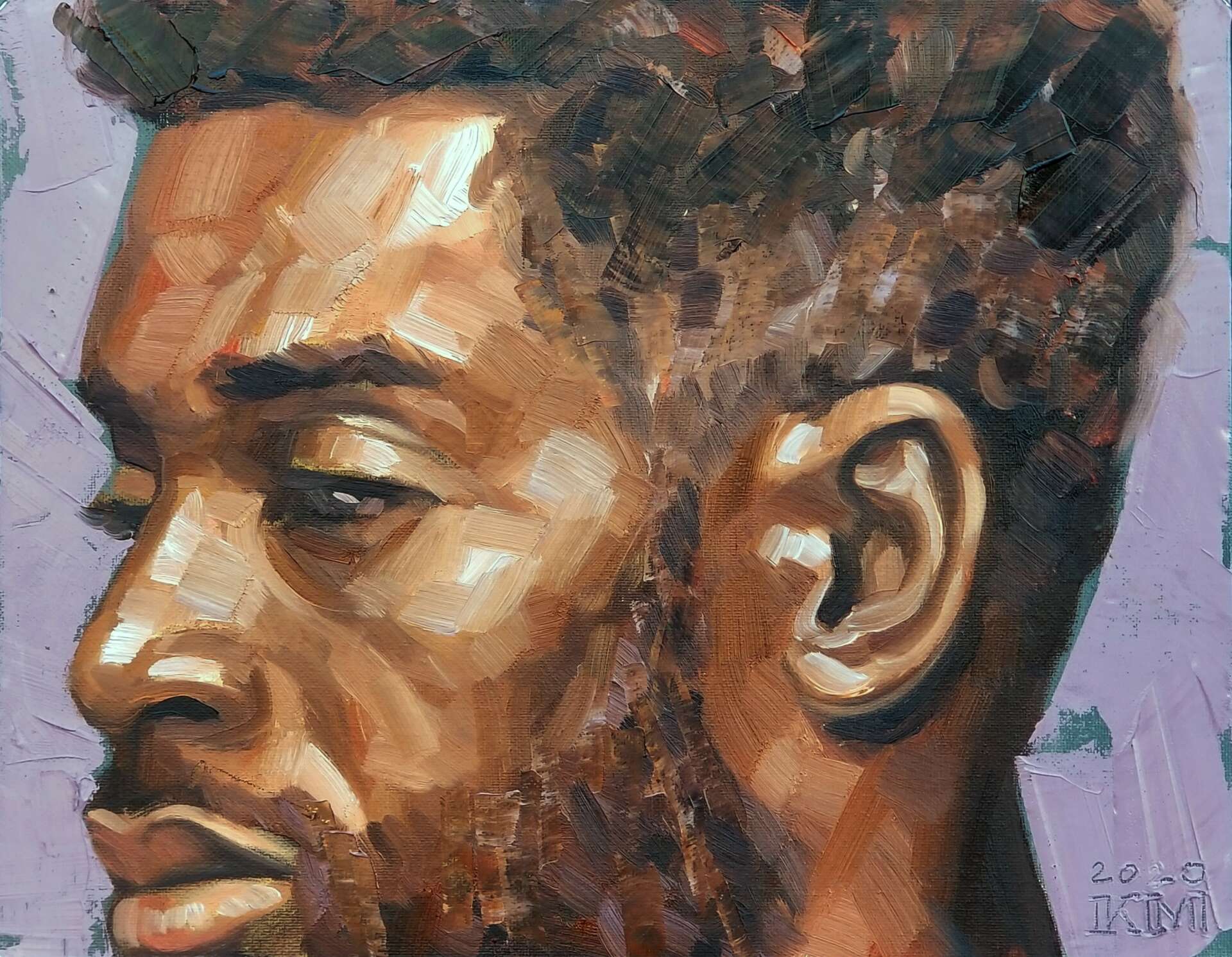
We’d love to hear your thoughts on NFTs. (Note: this is for education/entertainment purposes only, readers should not construe this as advice)
I’ve looked into NFTs and been approached many times through Instagram about them. All of my research, personal, and on the web, (I actually have a relative who works with them) is that it’s “The Emperor’s New Clothes.” I’m skeptical and I have avoided any investment of time and energy into them because there isn’t enough evidence for me to get interested in them.
Have you ever had to pivot?
Around 2014 I was working as a full time tenured professor at a community college in California and I was also occasionally exhibiting in galleries. I realized after my last show that I literally made no money off of having gallery shows. The costs of exhibiting in the gallery, such as shipping framing and even the production of making the paintings. Art supplies cost a lot. I wasn’t making any money and the gallery was taking 50%.
I was making a six-figure salary as a professor and working with other professors who were not acted professionally and yet they “professed” or taught students how to make art and I realized that I was being a little bit of a hypocrite. I immediately opened up and Etsy shop, revamped my website, and started researching marketing and business techniques like a house on fire. Within two or three years I had increased my income to about 20 or $30,000 a year and I quit my full-time teaching job, essentially cutting my lifeline, and became a full-time artist.
Luckily it’s worked out for me and I’m learning about as much as I did as a professor but I’m working probably twice or three times as hard as a full-time artist. There’s a lot to do in terms of marketing, shipping, and day-to-day business stuff that takes up about 50% of my time.
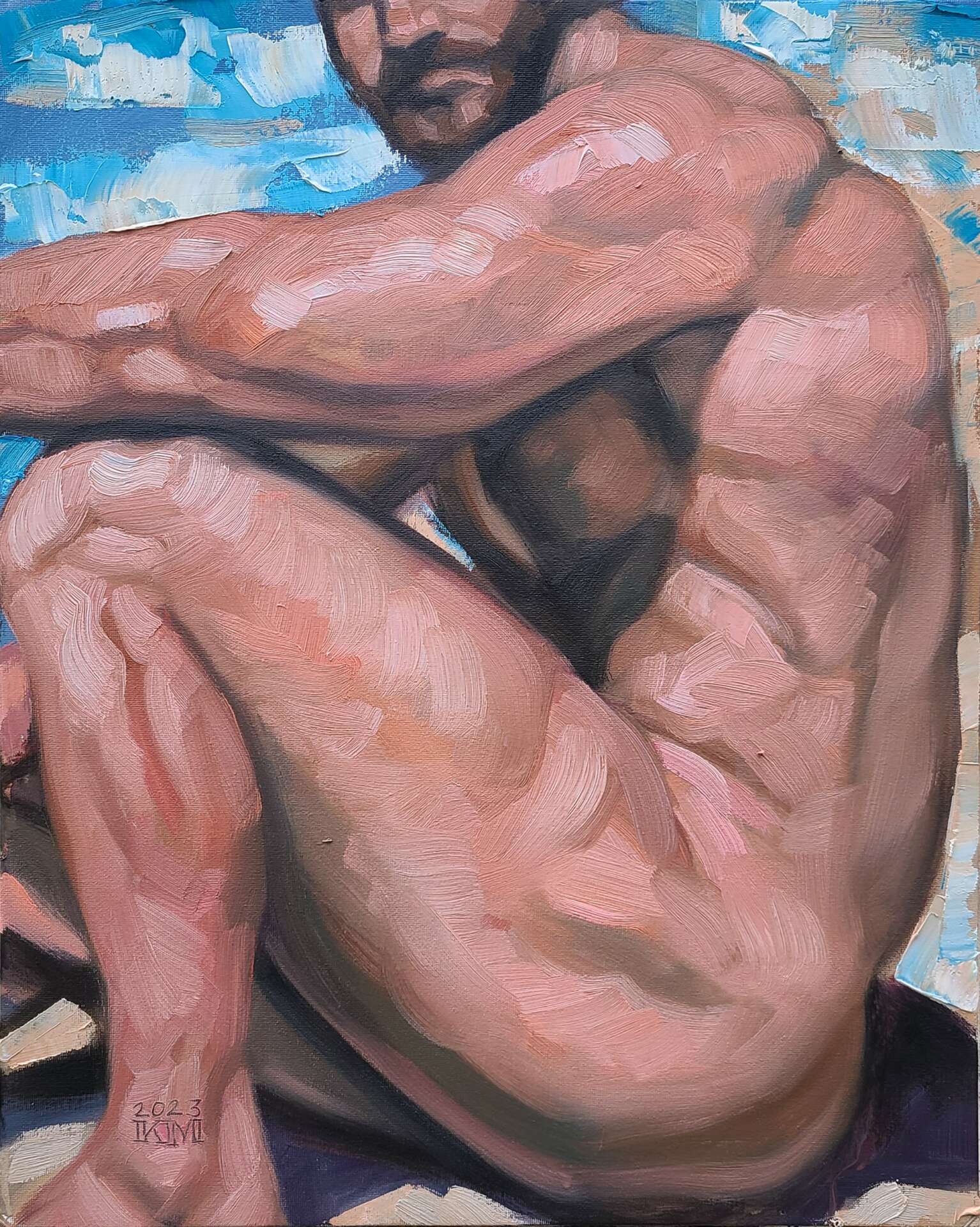
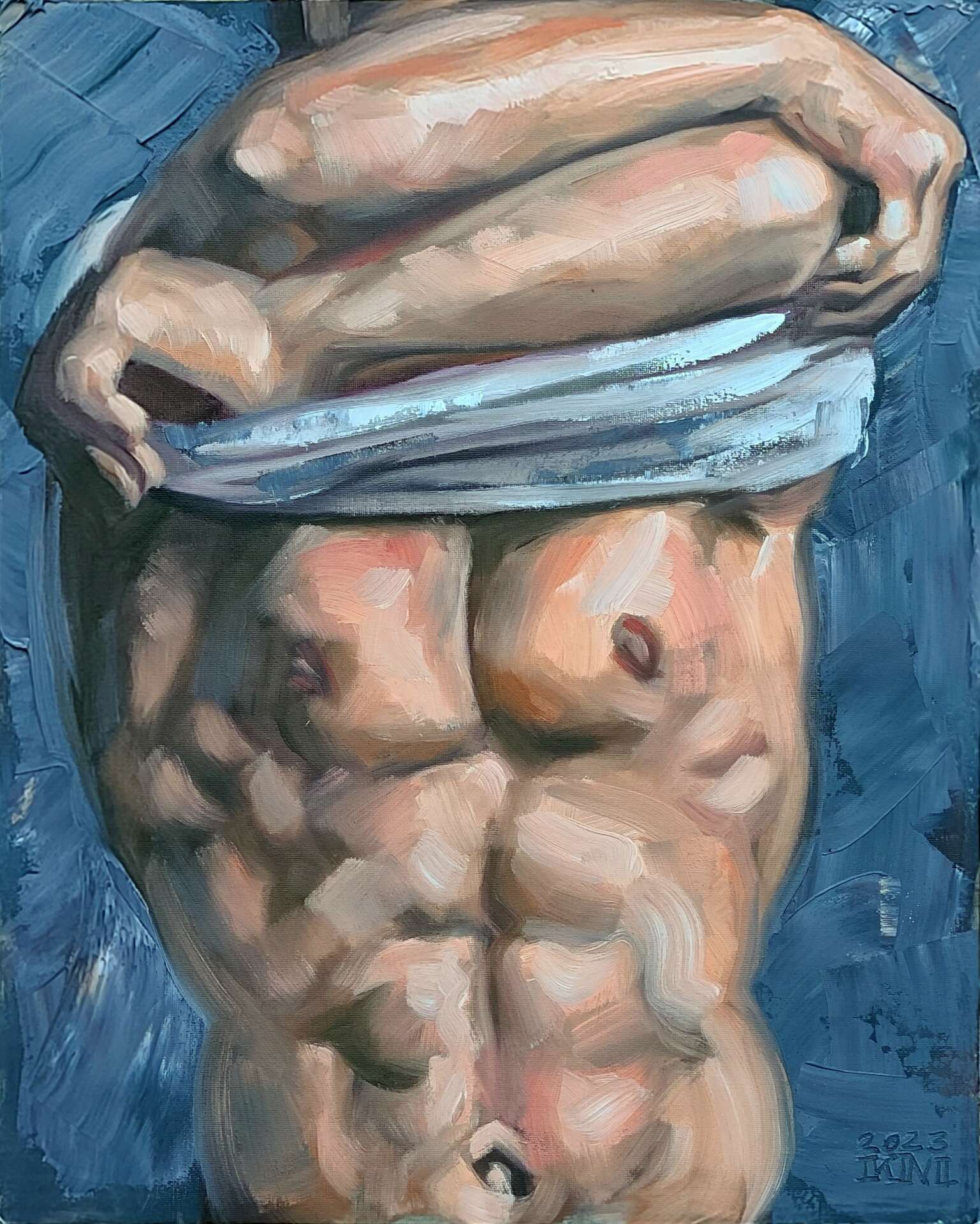
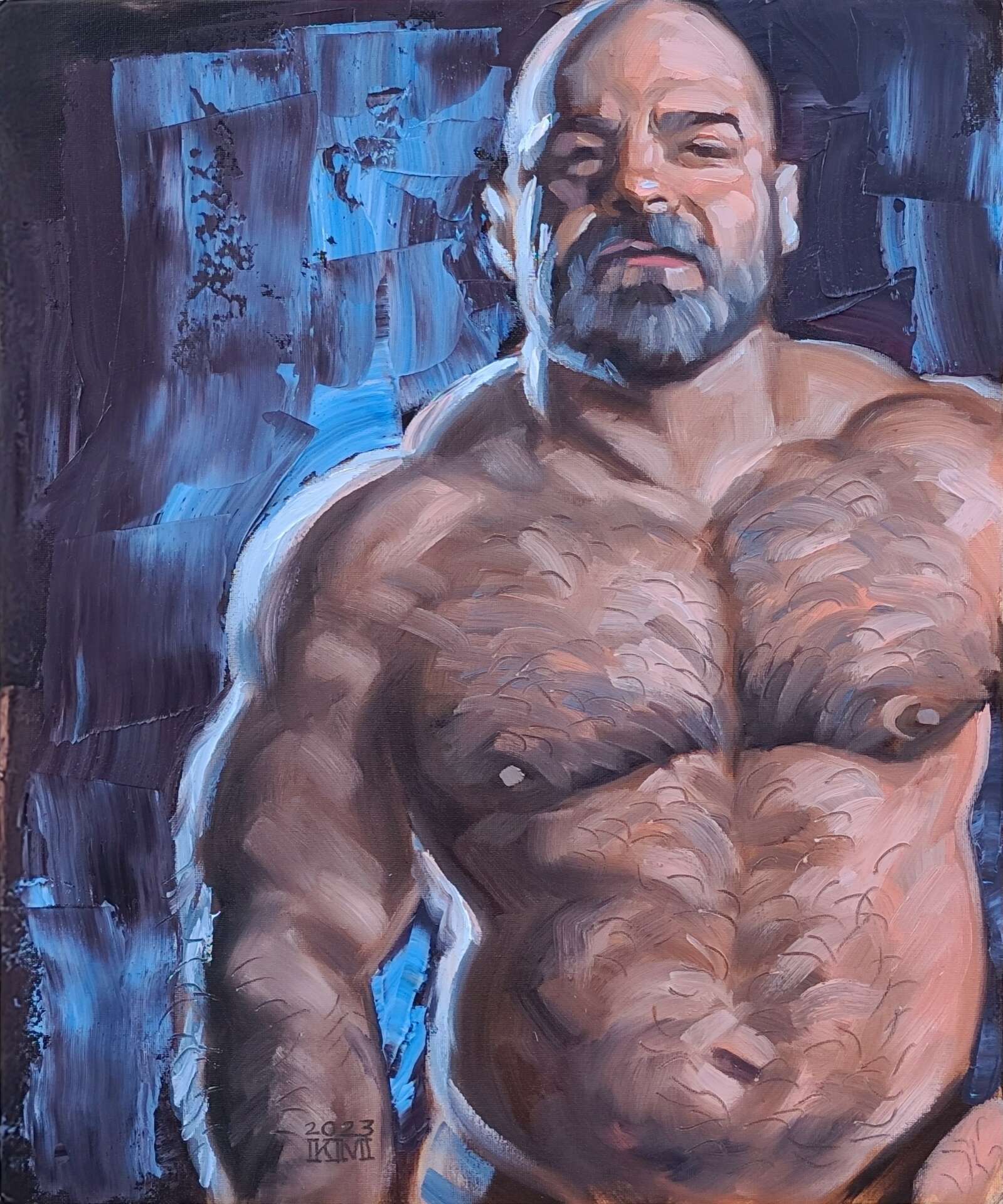
Contact Info:
- Website: https://www.kenneymencher.com/
- Instagram: https://www.instagram.com/kenneymencher/
- Facebook: https://www.facebook.com/Kenney.Mencher
- Linkedin: https://www.linkedin.com/in/mencher/
- Youtube: https://www.youtube.com/c/kmencher
- Other: http://www.etsy.com/shop/kmencher https://www.tumblr.com/kenney-mencher https://www.udemy.com/user/kenneymencher/


